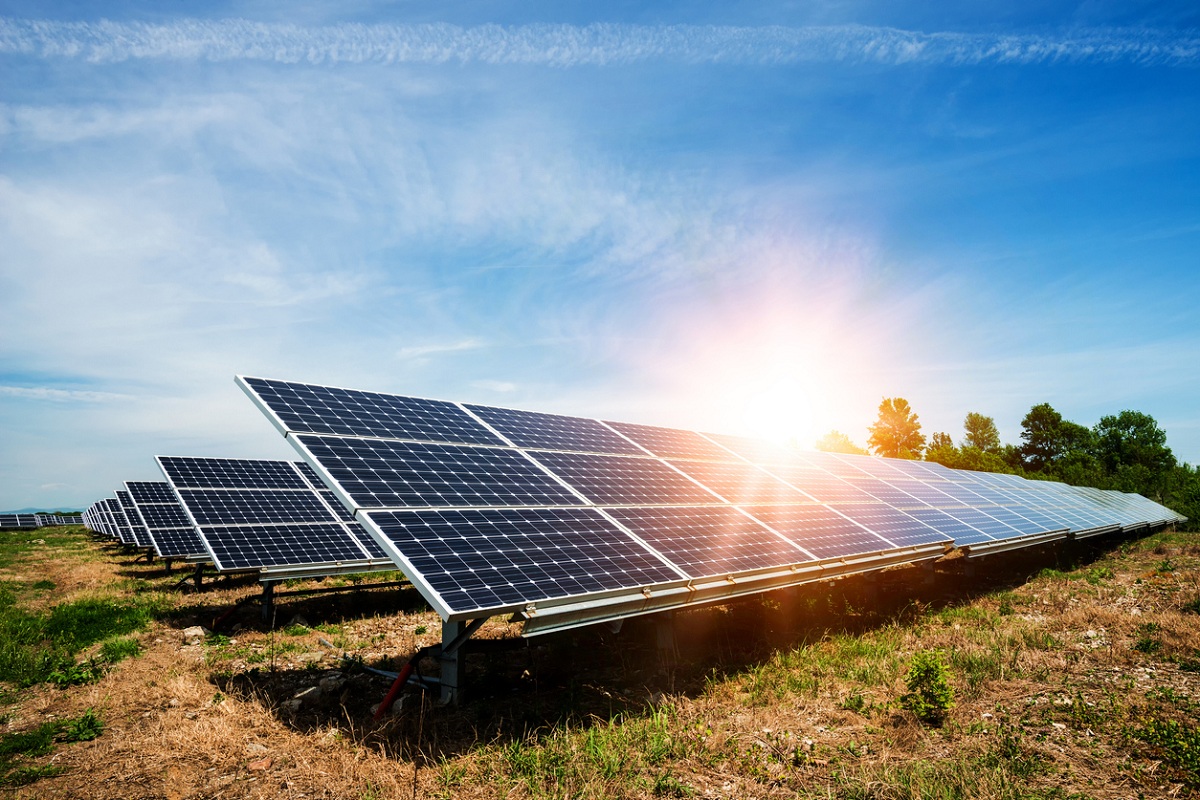More women now seeking credit, monitoring their credit scores: NITI Aayog report
NITI Aayog on Monday launched the report titled “From Borrowers to Builders: Women’s Role in India’s Financial Growth Story”.
States like Kerala and Himachal Pradesh are making their way up the ladder with an SDG India Index score of 69 while among UTs, it is Chandigarh with a score of 68.

(Representational Image: iStock)
With the International Community gearing up for the Conference of Parties to continue the conversations started during the Paris Climate Agreement, India needs to take another at its domestic policy to imbibe the Sustainable Development Goals it set out to achieve. The 17 interlinked Sustainable Development Goals were formulated coherently; acting as a blueprint to bring us in sync with the path of a sustainable future for all.
To accomplish this ambitious project by 2022, India has not just pledged to put a full stop to single-use plastic but has also decided to install a capacity of 175 GW solely dedicated to renewable energy. By 2030, India aims to improve on its energy sector through cleaner technology and the Green Climate Fund.
Advertisement
To achieve this, some of its core targets are to reduce the emissions intensity of its GDP by 33 to 35 per cent from 2005 levels, keeping non-fossil fuel-based energy resources at the centre for deriving about 40 per cent cumulative electric power and creating a carbon sink of about 2.5 to 3 billion tonnes of CO2 with the help of additional forest and tree cover.
Advertisement
As regards execution, the Niti Aayog has been monitoring contributions made towards SDGs targets for 2030, and released an SDG India Index – Baseline Report 2018. India is among the frontline countries in implementing the Paris agreement on climate change, with renewable energy contributing one-fourth of its total energy production.
The Government of India had already reduced its emissions intensity of GDP by 21 per cent compared to 2005 levels by 2020. India’s renewables have grown by two and a half times in the past six years, and solar energy capacity by 13 times. Not just that, work on the world’s largest hybrid renewable energy park in Kutch, Gujarat has begun recently. In March 2018, Haryana became the first Indian state to have an annual budget primarily focused on the attainment of SDGs.
States like Kerala and Himachal Pradesh are making their way up the ladder with an SDG India Index score of 69 while among UTs, it is Chandigarh with a score of 68. The government’s efforts, from “Beti Bachao Beti Padhao” to “Ayushman Bharat”; from “Clean Ganga Mission” to “Swachh Bharat Abhiyaan”, from “Self- Reliance” to “Vocal for Local”, and many more have collectively aimed at empowering all citizens equally.
These diverse schemes are in direct harmony with SDGs specifically, SDG 3, SDG 5, SDG 11, and SDG 12. India is, however, ranked 117th among 183 countries on the Sustainable Development Index 2020. Despite some significant efforts, such a low score signifies that there are loopholes in the functioning of the system.
Out of the world’s 30 most polluted cities, 21 are in India, hundreds and thousands of rivers and wells have already dried up and our holy rivers, the Ganges and the Yamuna are polluted to the extent that we are finding high proportions of lead in them. Due to increased temperatures each year, we are witnessing more and unparalleled series of floods, cyclones, and hurricanes.
Assam, Bihar, and Chennai are the worst affected. Our wildlife is constantly threatened. Over the past two decades, India has lost some 1.6 million hectares of land – approximately four times the size of Goa. India generates one-tenth of the total waste produced in the world, which amounts to some 277 million tonnes each year. It is also the third-largest e-waste generator in the world.
The rate of waste generation is so exponential that the garbage mountain at Delhi’s Ghazipur is claimed to go higher than the iconic Taj Mahal. The World Bank has already said that it will be next to impossible for India to accomplish the Sustainable Development Goals in the coming decade. All this suggests that we have a long way to go.
This is not just the duty of the government but of every institution, corporation, and individual. Climate change has turned into a climate emergency only because people are not willing to accept responsibility for direct or indirect contribution to global warming.
(The writer is a student at the Jindal School of Environment and Sustainability)
Advertisement